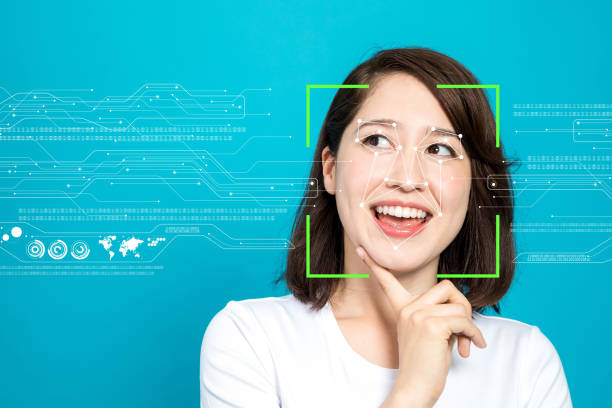In today’s digital world, online identity verification is performing a vital business component that requires user authentication. Traditional verification forms are passwords or PINs and can no longer safeguard sensitive transactions and information from fraudulent activity. That’s why face verification services are a more reliable and secure means of identity verification.
With AI-based technological advancements, the purpose of the continuous emergence of advanced methods is to authenticate identity. Out of multiple methods, one is biometric face scans, which utilise facial recognition software services to verify an individual’s identity.
Hence, this technology is more common, but there is still confusion about its drawbacks, benefits and potential use cases. This article covers a complete biometric face scan outline and wraps up everything an organisation needs to know about this advanced technology.
What is a Biometric Face Scan?
A biometric face scan, also known as face authentication or face recognition, is a technology that examines facial features to verify an individual’s identity. It’s a software and hardware combination to capture a picture of a person’s face and compare it to an existing image database. Confirmation is received if the image matches an existing record.
Biometric Face Scans Benefits
Biometric face scans propose several benefits over traditional identity verification methods. One significant biometric face scan advantage is their efficiency and speed, which is extremely valuable in time-sensitive circumstances like security checks or border crossings.
Moreover, biometric face scans are highly safe and complicated to forge, which provides an additional protection layer. Unlike traditional ID documents that can be changed, a person’s face is unique and cannot be replicated in advanced ones.
Because biometric face scans are linked with an individual’s physical characteristics, they are a secure identification form that is tough to forge or manipulate. These features or benefits make it a more accurate and reliable method of preventing identity fraud than traditional identification forms.
Face Verification Systems Latest Developments
Facial recognition companies continuously develop improved and advanced face verification systems. Advanced technology has detected significant progress in current times, with cutting-edge techniques integration, such as machine learning and artificial intelligence (AI) algorithms, that leads to improved precision.
AI-based face verification systems recognise a broader range of facial characteristics, including emotions and micro-expressions. It makes them even more reliable and accurate than conventional facial recognition systems.
Another evolution in face verification methods is the usage of 3D imaging technology. This develops a detailed facial image that makes it more comfortable for the system to determine a user’s identity. This technology is especially useful for applications that demand a high level of security, like financial institutions and government agencies.
Face Verification Service Challenges
Whilst face verification services offer numerous benefits, then one shouldn’t forget that there are some challenges to consider. One of the main challenges is privacy.
Facial recognition technology raises confusion about the collection, storage, and use of personal data usage. Then it’s crucial for businesses to execute proper procedures to protect users’ privacy and make sure that their data is not mishandled or misused.
Another challenge is discrimination and biases. Facial recognition technology is unbiased because the data is trained on it. When the data is unbiased or incomplete it leads to inaccurate and discriminatory outcomes.
Furthermore, their concern regarding facial recognition technology accuracy is specific demographics. Few kinds of research indicate that facial recognition systems can be less accurate when it comes to detecting women or darker skin tones individuals. This leads to higher false positives and negatives risk, which have serious user consequences.
Use Cases for Biometric Face Technology
Many institutes utilise biometric face scans to complete processes involved in a diversity of applications. The most common area is airport security where staff use it to confirm travellers’ identities as it fastens the security process. Not only this, institutions like banking and finance also used this to verify customer identities during online transactions.
Another biometric face scans use case is in law enforcement. Few police departments use this technology to recognise suspects in criminal investigations. But, it’s a controversial topic that this technology is not good for high-stake contexts.
Key Takeaways
At last, online face verification services are popular means of assuring secure identity verification in this advanced era. Facial recognition companies develop advanced algorithms that accurately recognise a user’s face, making it hard for fraudsters to copy a user’s identity.
Moreover, face verification services offer comfort, flexibility and security that provide versatile business solutions that require protected identity verification.
As the IT sector provides advanced forms of every tool so the prediction is that users would be able to use an advanced form of facial recognition.







